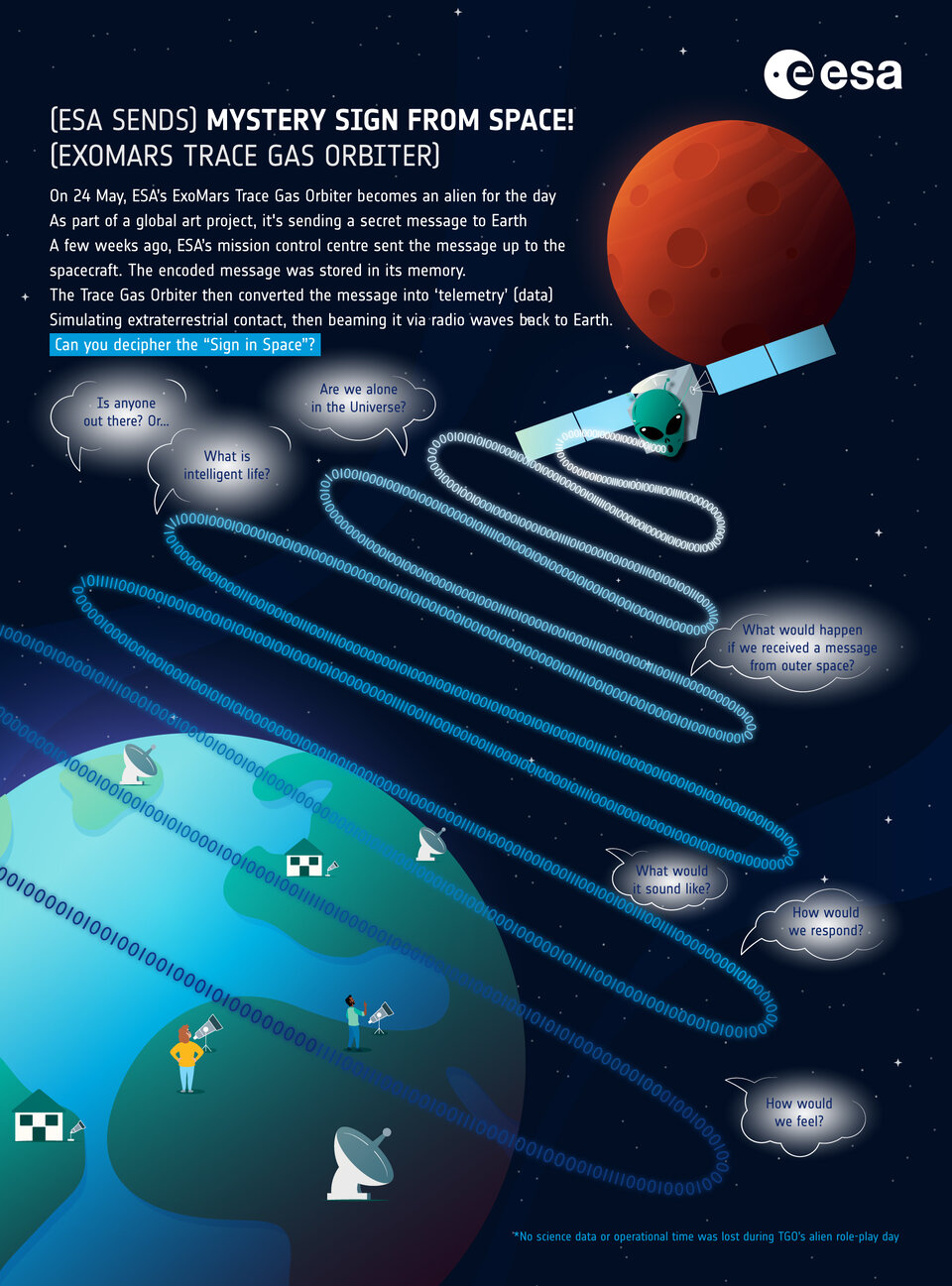24.05.2023

In brief
A message will soon be received from outer space and you are invited, along with the global community, to decipher it. Does its messenger, the ExoMars Trace Gas Orbiter, count as extraterrestrial intelligence? Probably not. So, until we hear from aliens themselves, the martian orbiter is playing the role of green man in the ‘A Sign in Space’ global art project.
In-depth
Developed by artist Daniela de Paulis in partnership with the SETI institute, Green Bank Observatory, ESA and others, the project asks ‘If we received an extraterrestrial message, how would we interpret it? What would it mean for humankind?’
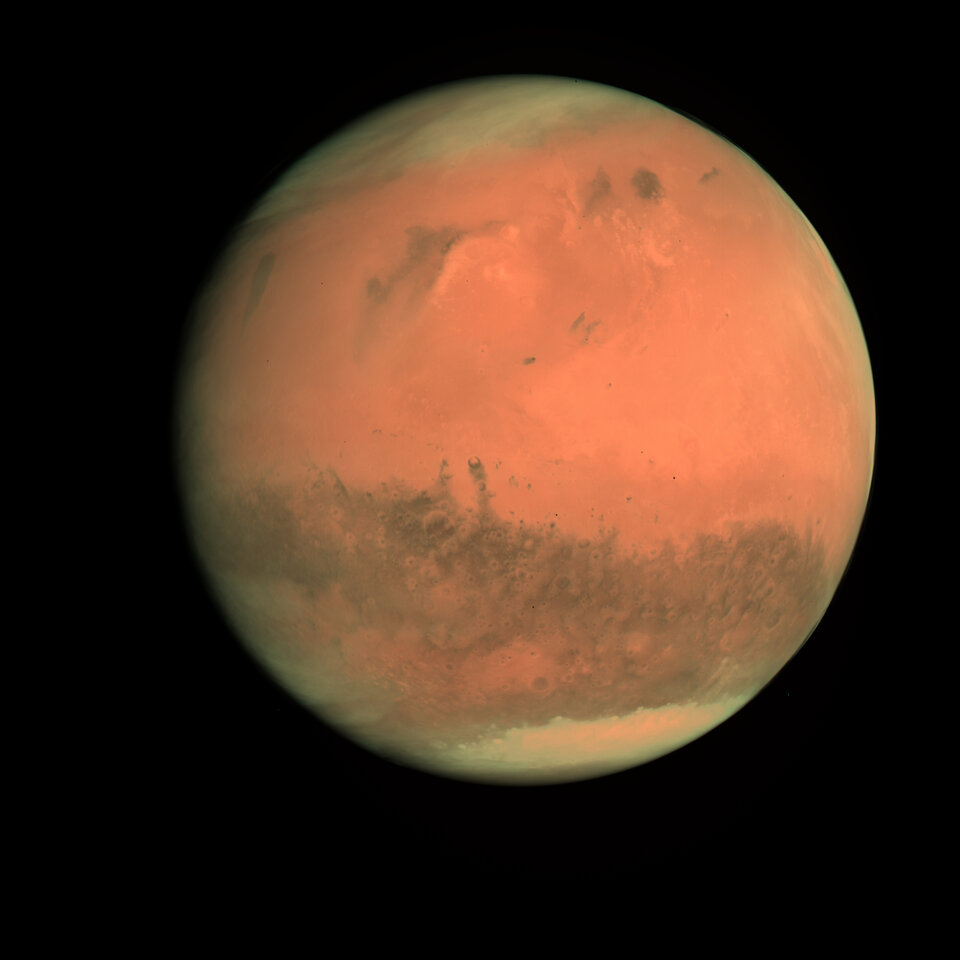
The public and experts from all countries and cultures are being asked to decode and interpret the message, the content of which has been kept under lock and key for months. If you think you’ve cracked it, submit your interpretation of what it means via A Sign in Space’s open call.
Whether or not you attempt to decode the message, how would you feel if we were contacted by a lifeform of extraterrestrial origin? How should we reply?
The Sign in Space project invites participants to delve into the realm of the unknown and grapple with these existential quandaries, expanding our collective understanding of the Universe and our place in it.
Watch the SETI live stream as the message is received, on 24 May starting at 20:15 CEST.
The Sign
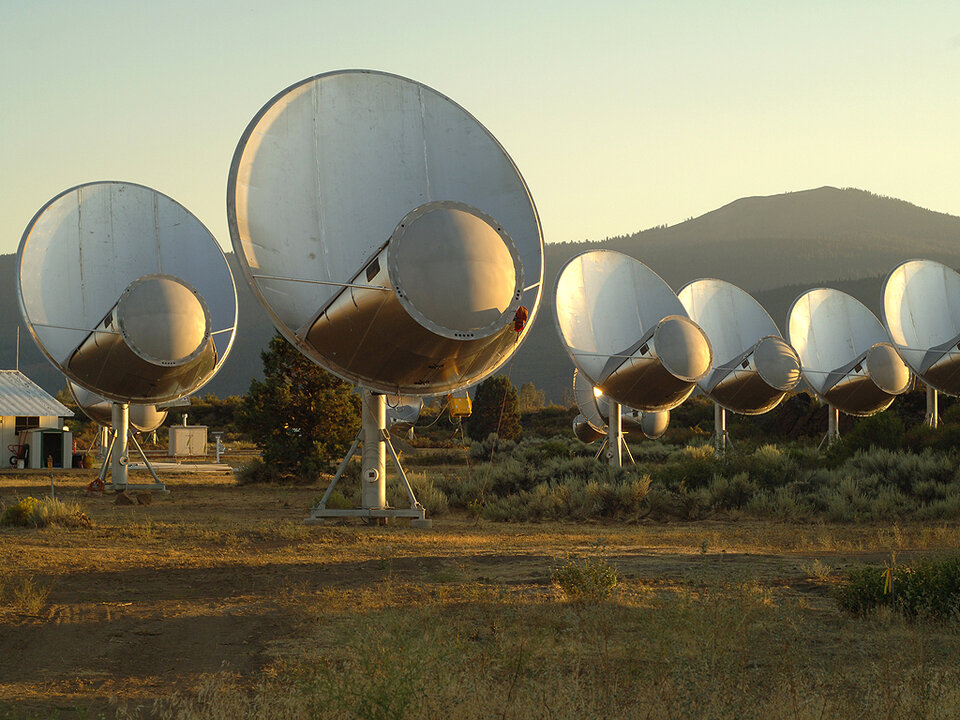
The sign will arrive at 21:16 CEST on 24 May, striking huge antennas dotted around the globe; the Green Bank Telescope (West Virginia), the Medicina Radio Astronomical Station (Italy) and the Allen Telescope Array (California).
The radio signal will be sent by ESA’s ExoMars Trace Gas Orbiter, ESA’s spacecraft orbiting the Red Planet, looking for evidence of possible biological or geological activity.
The message was first sent up to the spacecraft from ESA’s mission control centre in Darmstadt, Germany, on 10 May. It was stored onto its memory, converted into ‘telemetry’ (data) and will this evening be beamed back down to Earth.

Early tests were conducted to ensure the feasibility of the endeavour and allow the ground-based observatories to fine tune their systems to be ready for the public event.
While the Trace Gas Orbiter, better known for its scientific endeavours studying the martian atmosphere, embraces its once-in-a-mission role as an otherworldly emissary, rest assured that no science data, observation or operational time are being lost during its debut.
ExoMars Trace Gas Orbiter: The cosmic deceiver
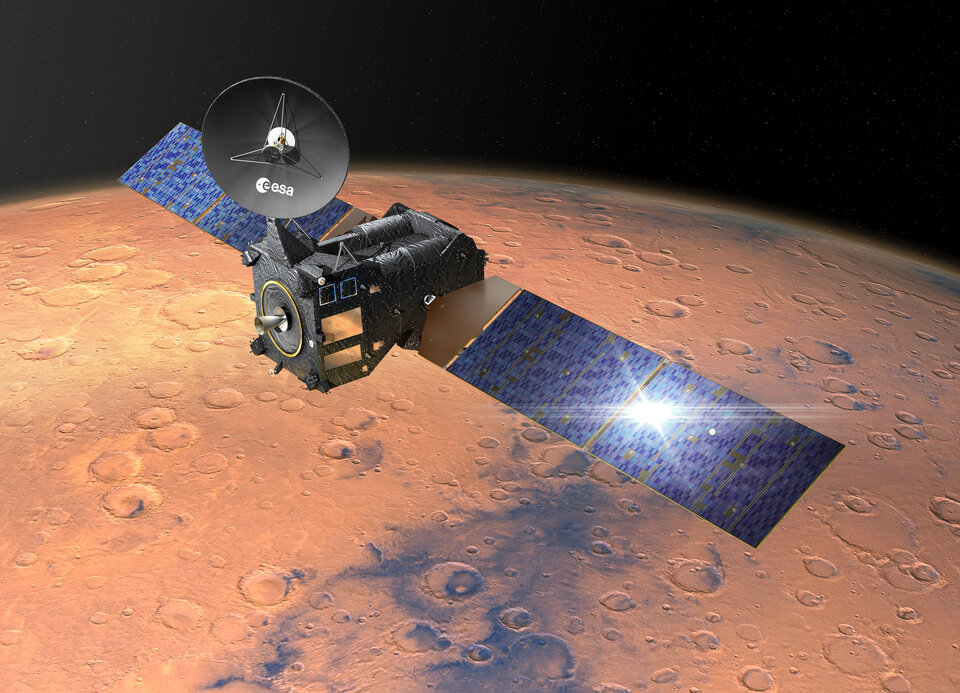
Through examinations conducted using both space and Earth-based observatories, it has been revealed that the martian atmosphere harbours trace amounts of methane, fluctuating depending on time and location.
This intriguing revelation raises the possibility of microbial life existing on Mars, or alternatively, suggests the involvement of geologic phenomena like volcanism or hydrothermal activity.
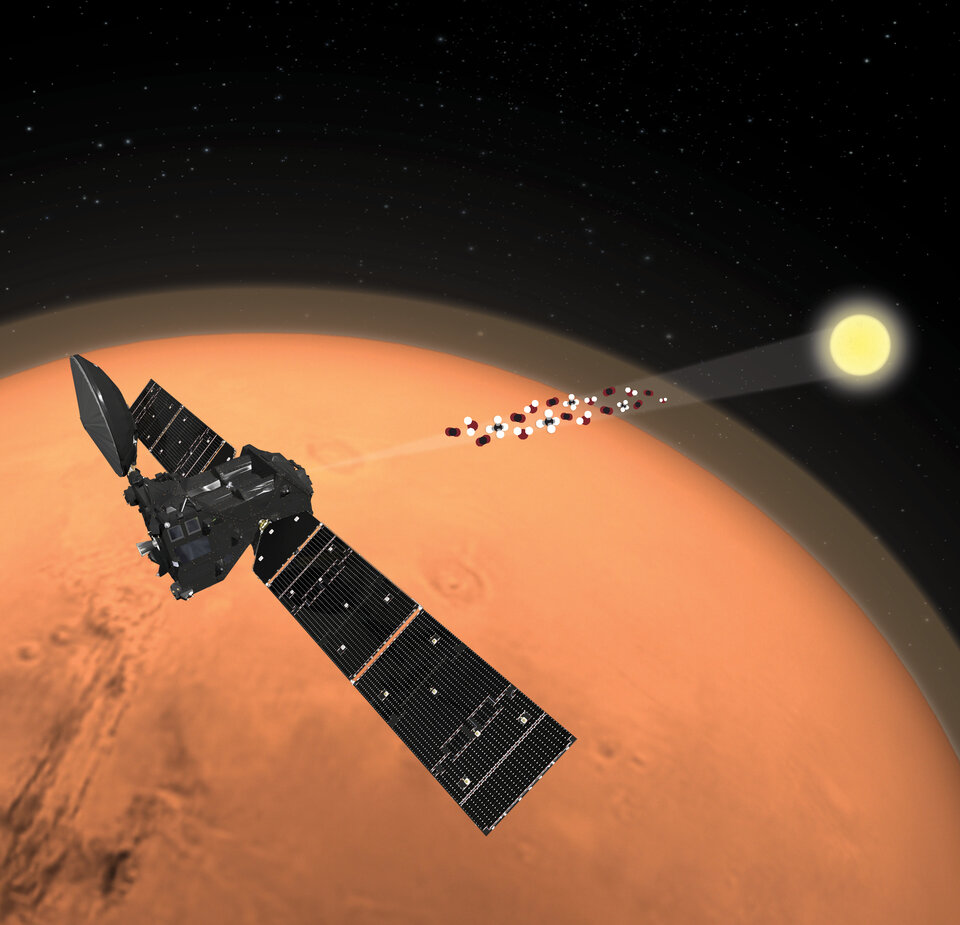
TGO’s main objectives are to search for evidence of methane and other trace atmospheric gases that could be signatures of active biological or geological processes, as well as relaying data back from landers and rovers on the martian surface.
TGO currently relays more than 50% of all the data generated by the two NASA rovers, Curiosity and Perseverance (with Ingenuity helicopter) and will do the same for ESA’s future Rosalind Franklin rover.
The impact of alien contact
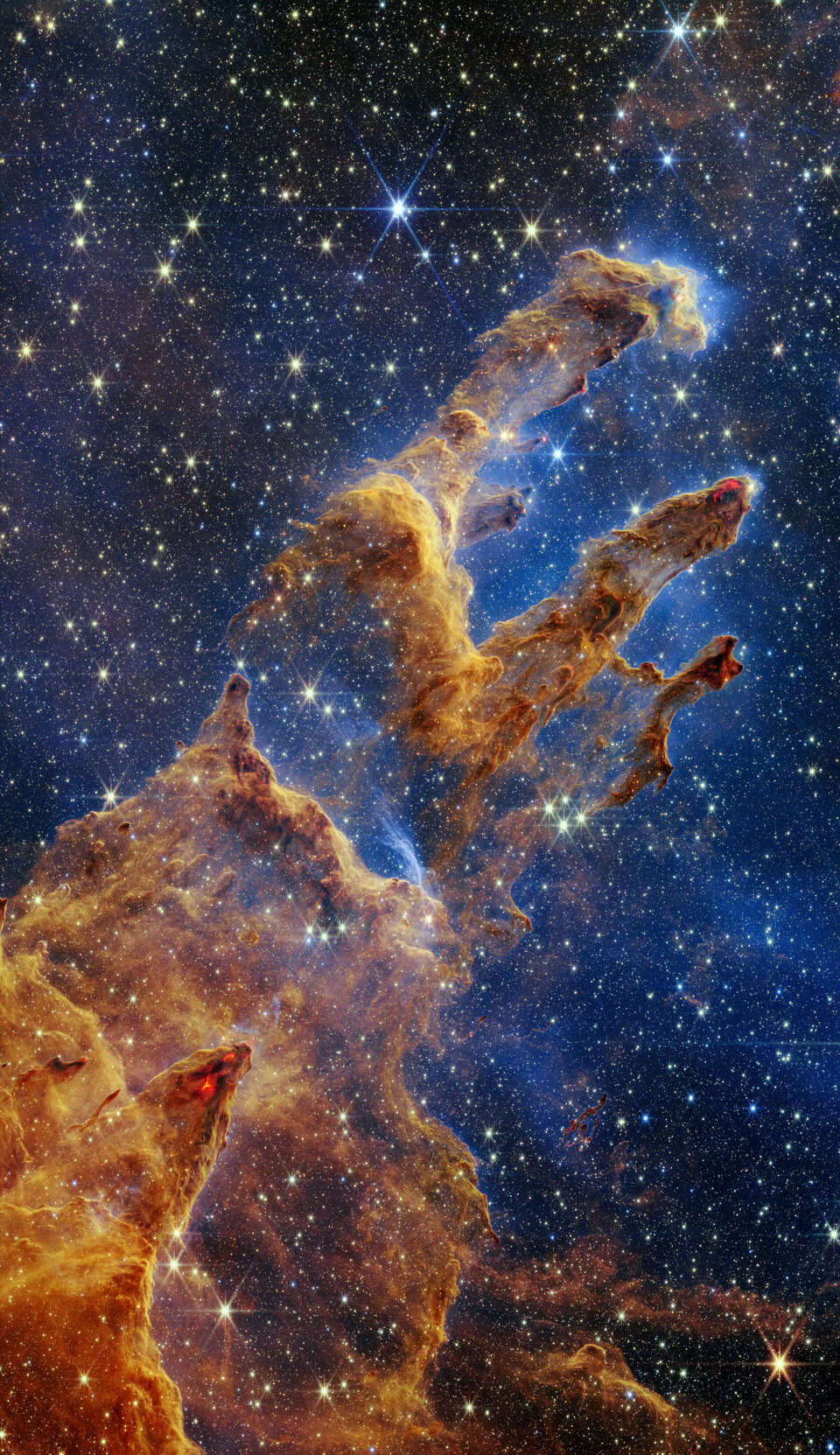
If we were to receive a signal from space, it would likely not be just scientists who catch it. Today, many individuals, organisations, universities and companies have access to antennas that are pointed skyward.
Any message received would be for the whole planet and, just like art, it could be interpreted in countless ways.
ESA is itself an international, intergovernmental organisation, cooperating across nations, cultures and languages, for the peaceful exploration of space. But as we explore space, it’s worth considering what would happen if space came to us.
Through A Sign in Space, ESA hopes to encourage a vibrant community of curious minds, coming together to unravel the mysteries concealed within the simulated alien communication.
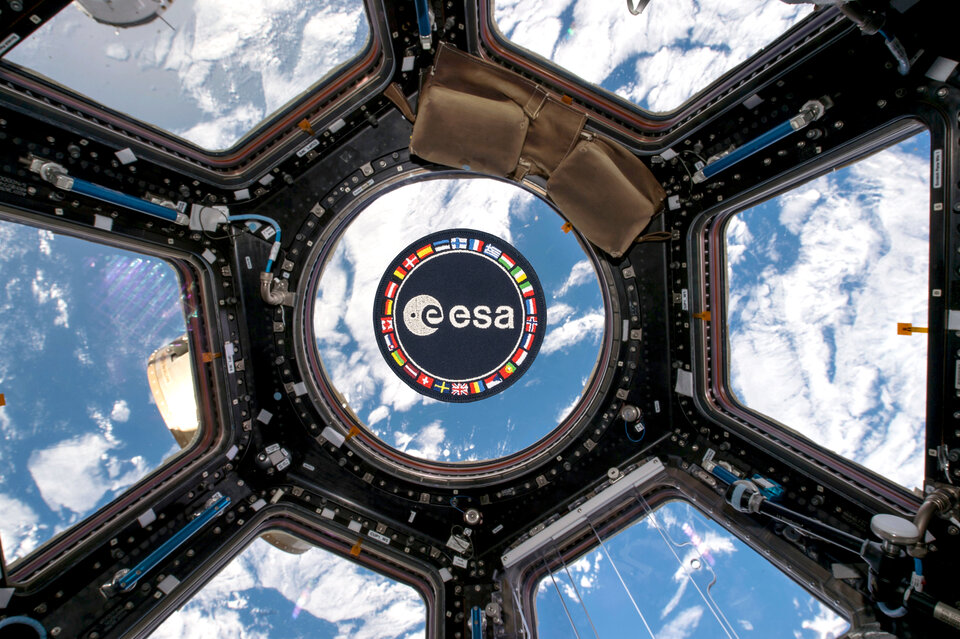
Such collaborative initiatives, discussions and exchanges of ideas will only add to our space efforts, acknowledging that space exploration is about science and technology, but also society, culture and our ideas about who we are and what matters to us most.
Quelle: ESA

